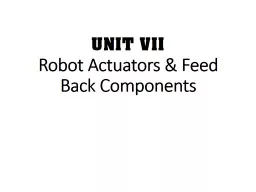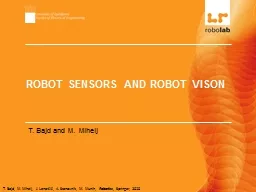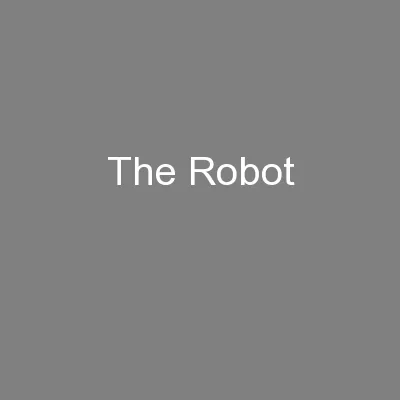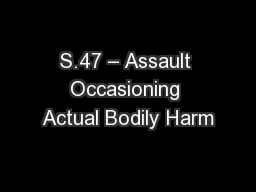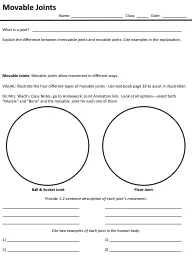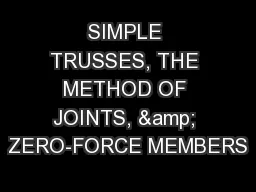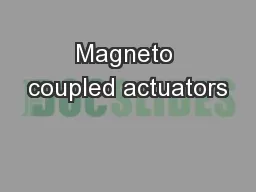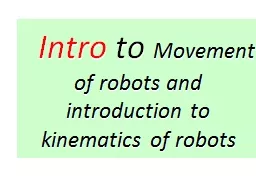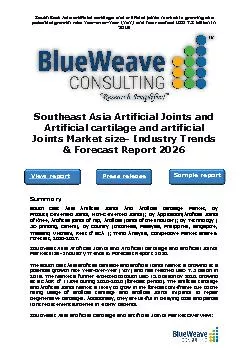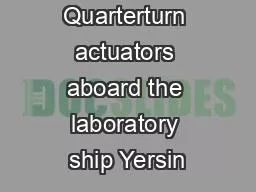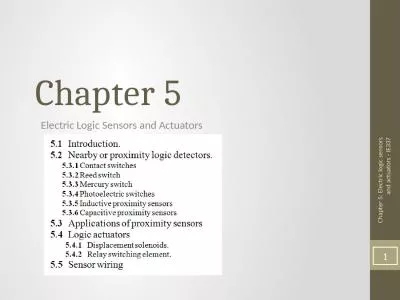PPT-ACTUATORS Actuators are the devices which provide the actual motive force for the robot
Author : tatiana-dople | Published Date : 2018-11-04
Actuators are the muscles of robots If you imagine that the links and the joints are the skeleton of the robot the actuators act as muscles which moves or rotate
Presentation Embed Code
Download Presentation
Download Presentation The PPT/PDF document "ACTUATORS Actuators are the devices whic..." is the property of its rightful owner. Permission is granted to download and print the materials on this website for personal, non-commercial use only, and to display it on your personal computer provided you do not modify the materials and that you retain all copyright notices contained in the materials. By downloading content from our website, you accept the terms of this agreement.
ACTUATORS Actuators are the devices which provide the actual motive force for the robot: Transcript
Download Rules Of Document
"ACTUATORS Actuators are the devices which provide the actual motive force for the robot"The content belongs to its owner. You may download and print it for personal use, without modification, and keep all copyright notices. By downloading, you agree to these terms.
Related Documents

